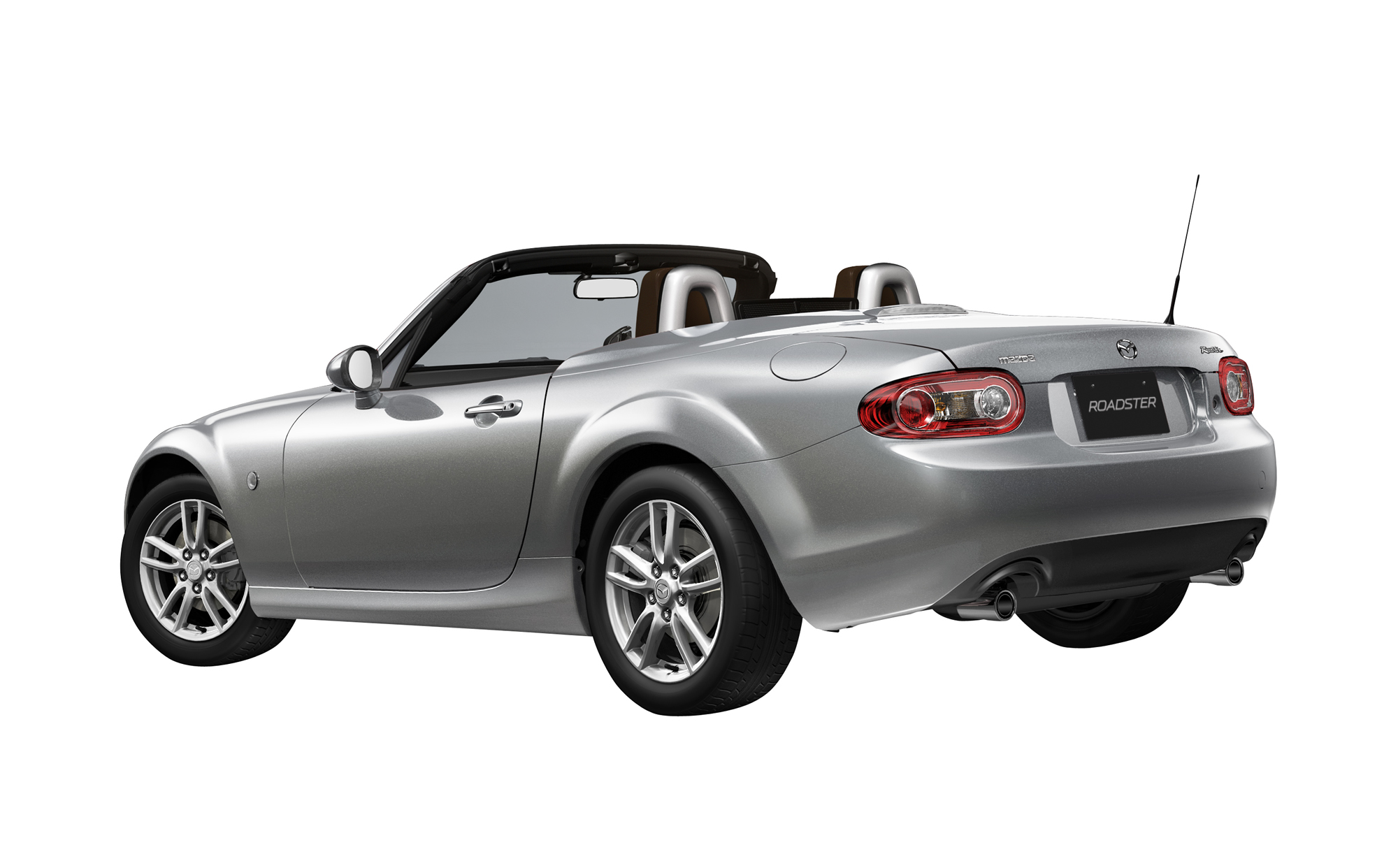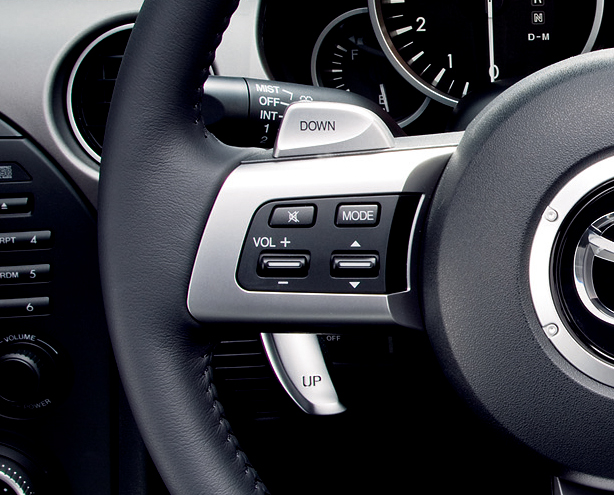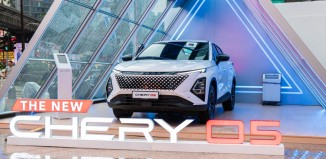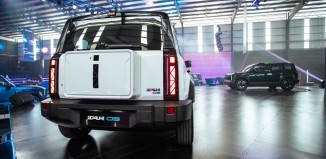Facelifted Mazda Roadster (a.k.a. MX-5) launched in Japan
Mazda recently unveiled a midlife facelift of its Roadster (or MX-5 to the rest of the world) for the Japanese market, available either with a soft top or a Power Retractable Hard Top (RHT). As before, only one engine, the 2.0-litre MZR 16 valve DOHC is offered, can be paired with any one of three transmissions. Soft top models come with either a 5-speed or 6-speed manual transmission, whereas the RHT variants all feature six-speeders, manual or auto.
In the world that has now seen a plethora of triple alphabet driving aids, the Roadster remains steadfastly loyal to its original Jinba Ittai philosophy (man and horse, or machine, as one) which gives endless joy in the form of pure and simple electronic free motoring. This is old school fun at its very best, and it is a concept that is not going out of date any time soon. However, it didn’t stop the engineers at Mazda (God bless them) from giving the Roadster a mild refit.
On the outside, the designers gave the front end a mild reworking, with the front-grille reshaped to bring the car’s design language with the current Mazda6 and the upcoming Mazda3. Viewed dead from the front, especially in yellow paint, it has the effect of giving the Roadster a hugely cheerful cartoon face. Behind, the designers settled for minor tweaks in the taillight as well as the lower portion of the bumpers, essentially not messing too much with a simple yet elegant design.
The 1,999cc in-line 4 engine offered comes in different states of tune for the manual and auto versions. Both states of tunes sees the torque curve peaking at the 5,000rpm mark, giving out 189Nm, however those who opt for the manual have a slightly higher power output (125kW @ 7,000rpm) and redline (7,500rpm) compared to the auto (119kW @ 6,700rpm and 7,000rpm redline).
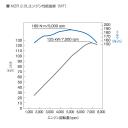
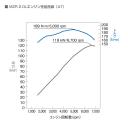
Torque curves for manual(L) and auto(R) versions.
The engine features a newly forged crankshaft that Mazda claims gives extra strength, and when combined with the stiffer plastic surge tank gives improved quietness when cruising, and yet gives a ‘clearer sound’ at the mid to high range. There was also claims that new full floating piston pins and revised valve springs raise the engine’s overall operational precision.
For those who opt for the 6M/T variants, you are going to get (and I kid you not) an Induction Sound Enhancer, which, upon filtering all the sugar-coatings in the press words, is essentially something that does nothing that makes the car louder. The other extra with the 6M/T, which is far more useful, is the use of carbon-coated meshing surfaces on the first to fourth triple-cone synchronizers and a larger diameter third to fourth synchronizer which supposedly gives a smoother shift feel.
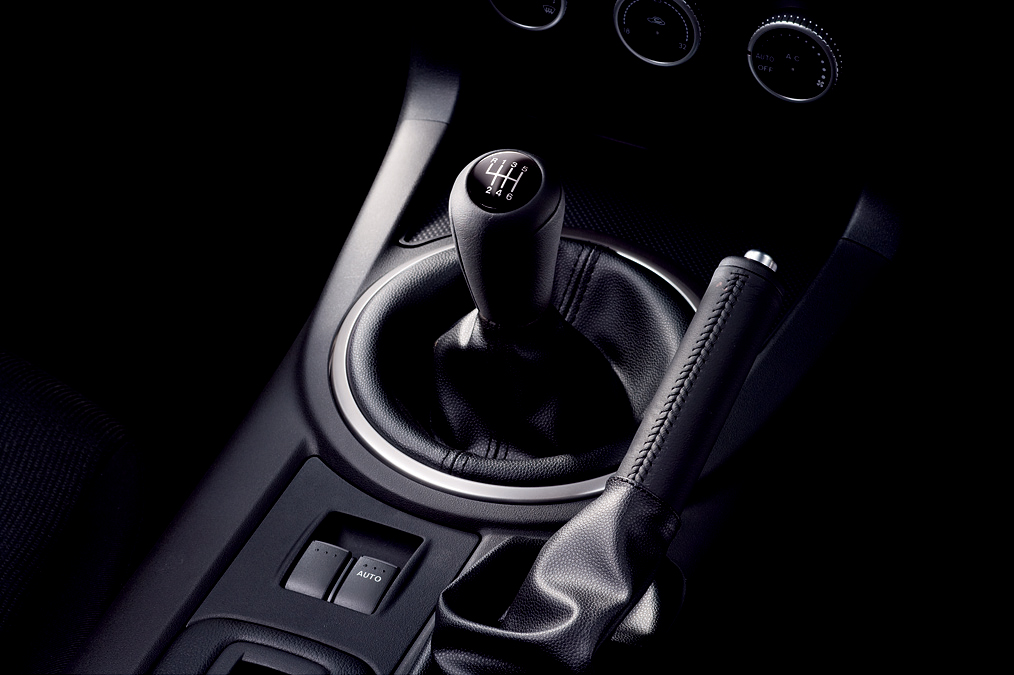
6M/T gets improved synchros and ‘go-loud device’.
Buyers of the 6A/T are not left out either, as they are being given steering mounted paddle shifters (which are becoming more and more of a gimmick these days), which can straight away override the gearbox with the selector in ‘D’. The marketing boys and girls creatively named this feature Direct Mode. The transmission also features Active Adaptive Shifting (AAS) – bombastic speak for fuzzy logic programming that adapts shift patterns to driver’s style and road conditions.
The interior features a newly redesigned instrument cluster, and options of sporty black fabric seats, black leather seat covers, and RECARO bucket seats upholstered in a combination of black leather and Alcantara® available as factory-installed options. There is also sound system, developed by BOSE® exclusively for the Roadster, which is connectable to your portable audio players.
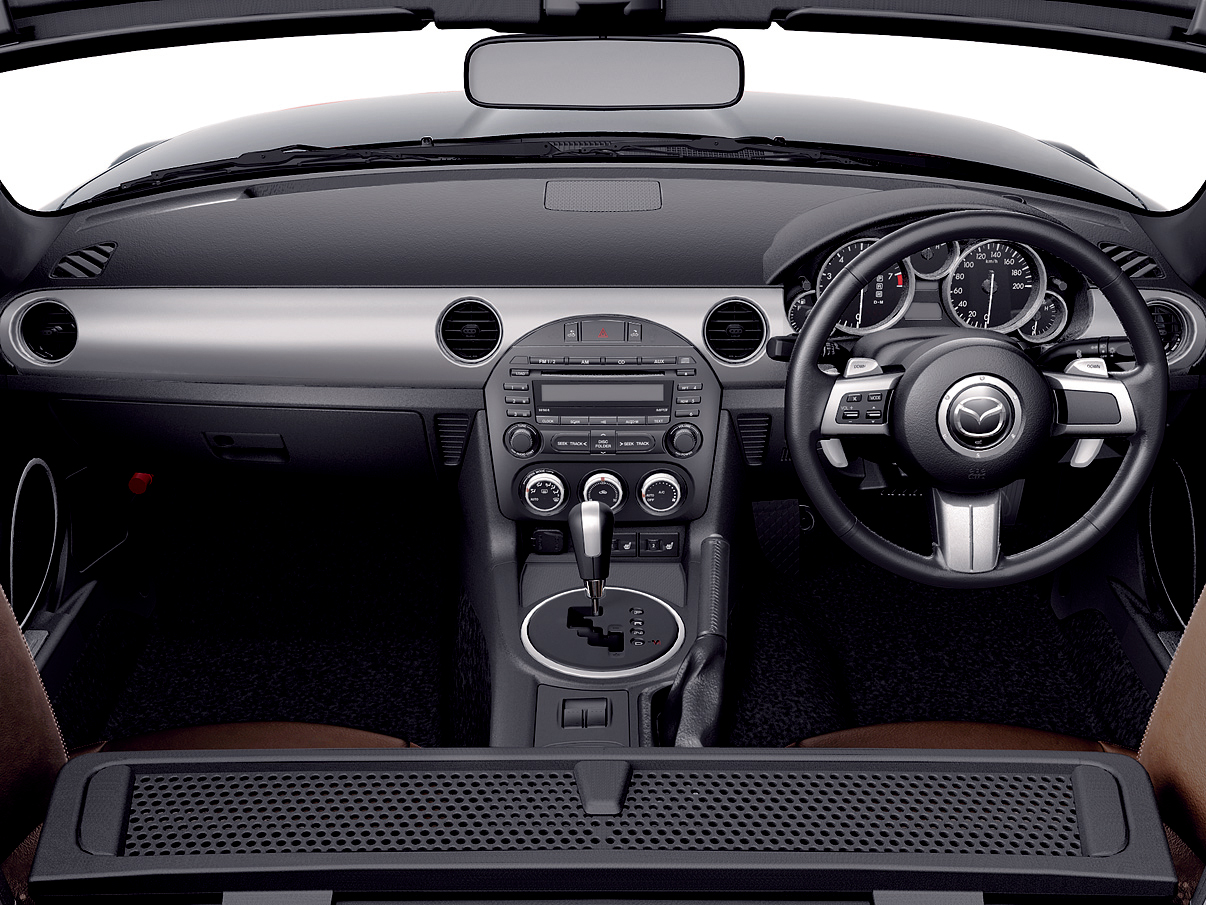
Dash gets minor revisions, and exclusively designed BOSE HU.
There are a total of six variants of the Roadster currently marketed in Japan, with the soft top and hard top having three variants each. They are priced from 2.33m Yen upwards until 2.95m Yen. Let’s see how long would it take them to reach here as the MX-5.





